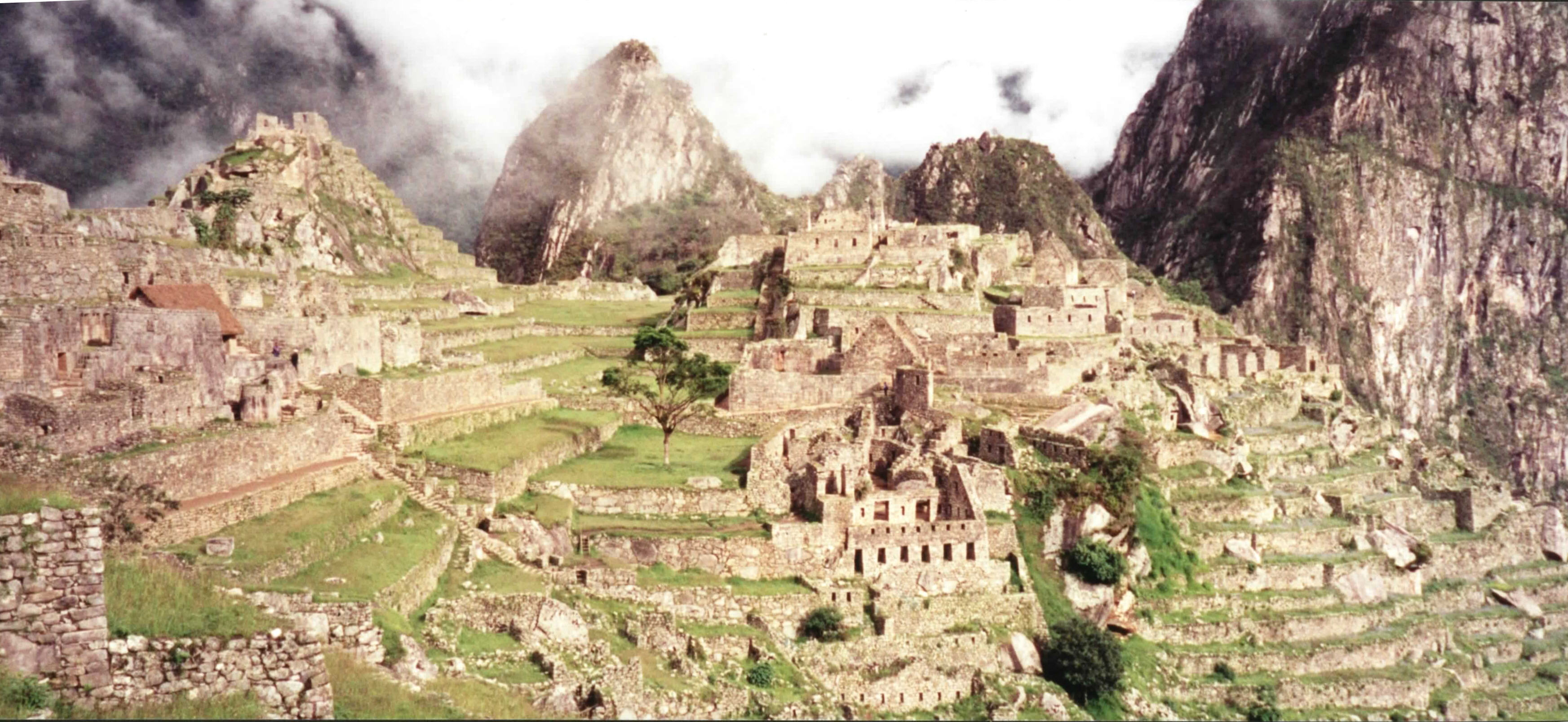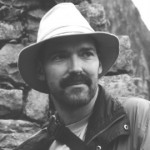In a Reuters article, Peru is claiming that
Yale University researchers took more than 40,000 artifacts from the Incan citadel of Machu Picchu in the early 1900s, or 10 times the original estimate, the state news agency reported on Sunday.
That’s quite a load of artifacts, far more than the 5,000 Yale once claimed that it had “borrowed.” You can read about that controversy here. Back in 1911, a history lecturer at Yale, Hiram Bingham, was credited with “discovering” Machu Picchu even thought it was clear that others had visited the site prior to Bingham. Apparently Bingham and his fellow explorers brought back far more than originally reported.
This article about the artifact dispute brought back wonderful memories. I had the opportunity to visit Machu Picchu in December, 1998. A friend and I first traveled to Cuzco, an incredible city–300,000 people living 11,800 feet above sea level. Cuzco is also the site of exquisite stone work, and you’ll see it everywhere. In fact, we checked into a hotel where the owner asked us if we wanted an “Inca room” or a regular room (“Inca, o no Inca?). We weren’t certain what it meant to have an “Inca room,” but we ended up paying an extra bit of money. Here’s what we got: one entire wall of our large room consisted of ancient Incan stonework. The hotel had been built around an ancient Incan structure. In Cuzco, you could see stonework consisting of massive stones fitting together absolutely perfectly. You couldn’t help but reach out and touch the stones and wonder how they did it.
I’ll never forget a concert we attended in Cuzco. A man from Italy had fallen in love with Cuzco and bought a concert hall. We were invited to attend for free because we had just met another Italian man who had met the concert hall owner. Everyone was family. We conversed (in Spanish) with dozens of people, all of them so incredibly patient with our slow Spanish.
We had somewhat acclimated to the thin air by having stayed for several days in Quito Ecuador (elevation 9,350 feet). From Cuzco, we travelled to Aguas Calientes), a small town at the base of Machu Picchu.
As you might have read, Machu Picchu is, indeed, a magical place. I’ve never heard of anyone who made the long journey there who was disappointed. I’ve heard, though, that tourist traffic has now grown so large that the site is endangered. During my trip, my companion and I spent one night at a hotel adjacent to Machu Picchu itself (at 7,900 feet above sea level). Our thought was that we wanted to be there as the sun set over this magic place. Later that night, I watched as swarms of bats flew over the site. My companion went to bed early and elected to wake up at 4:30 am to see the sunbeams land on an ancient stone, the marking of the equinox. I’ve sometimes been berated for sleeping, but watching the bats flit about over Machu Picchu in the dark (there were many hundreds of them) was an exalting experience.
Here are a couple of photos I took back in 1998. Mostly, the weather was cloudy and misty. For 30 minutes, though the sun came out, allowing me to see Machu Picchu lit up (click on the photo to see the details).
Although the sunlit Machu Picchu was the most startling version, it was the misty-twilight version that was my favorite, because it invoked meaning-of-life considerations. Here’s an overlook I photographed in that more typical “mood.”
Below, I’m posting a shot of some of the incredible stonework you can see at the site:
Even though the path to Machu Picchu was not difficult, I felt like it was a substantial endeavor to get there. We took public transportation all the way. As you can see, I thought I was Indiana Jones. Unlike the previous explorers, I didn’t remove anything from this sacred site.
There are many places along our trip where we needed to speak Spanish to be understood. I had studied Spanish in high school and college, and was thrilled to make use of it. After two weeks traveling, I even started to have a few dreams in (halting) Spanish.
I would love to return to Peru. There are lots of stories I could tell about Peru and Machu Picchu (and Ecuador), but I’ll simply suggest that the people, the history and the architecture were all big parts of the trip, the only negative being our time spent in congested and polluted Lima.






You do make me want to visit there. I saw no bats at sunset over Mesa Verde (My online trip log of that day).
Few artifacts remain there. It was just too accessible to dynamite-toting pot hunters. And the government of the region isn't going to sue itself to get them returned, where they can still be found.
Isn't it too dangerous now for tourists to visit this place because they risk getting kidnapped? I remember this article about a German couple that got kidnapped, but I actually haven't been able to find any serious warnings on the internet at the moment.